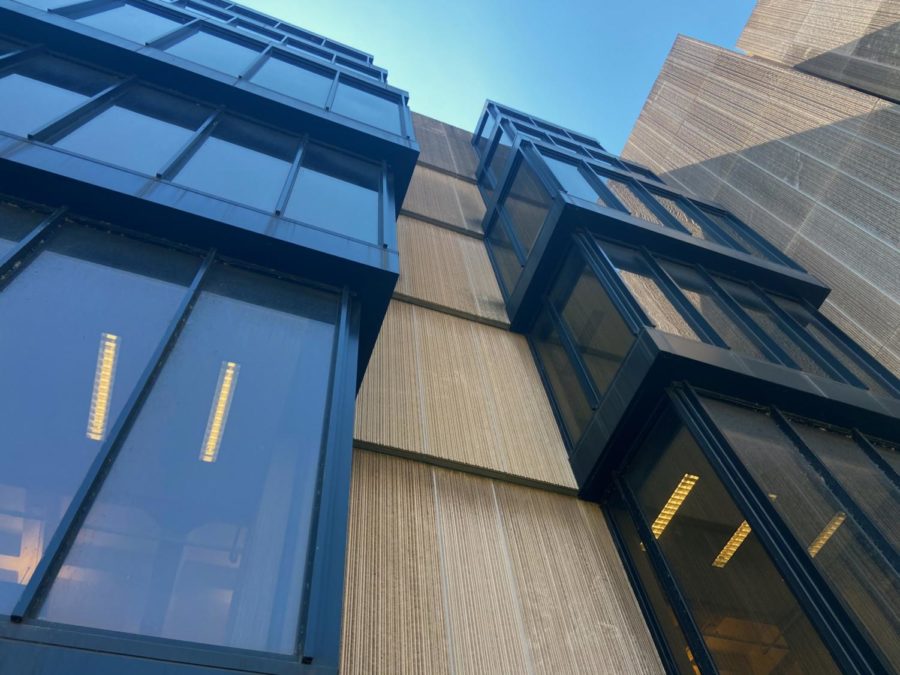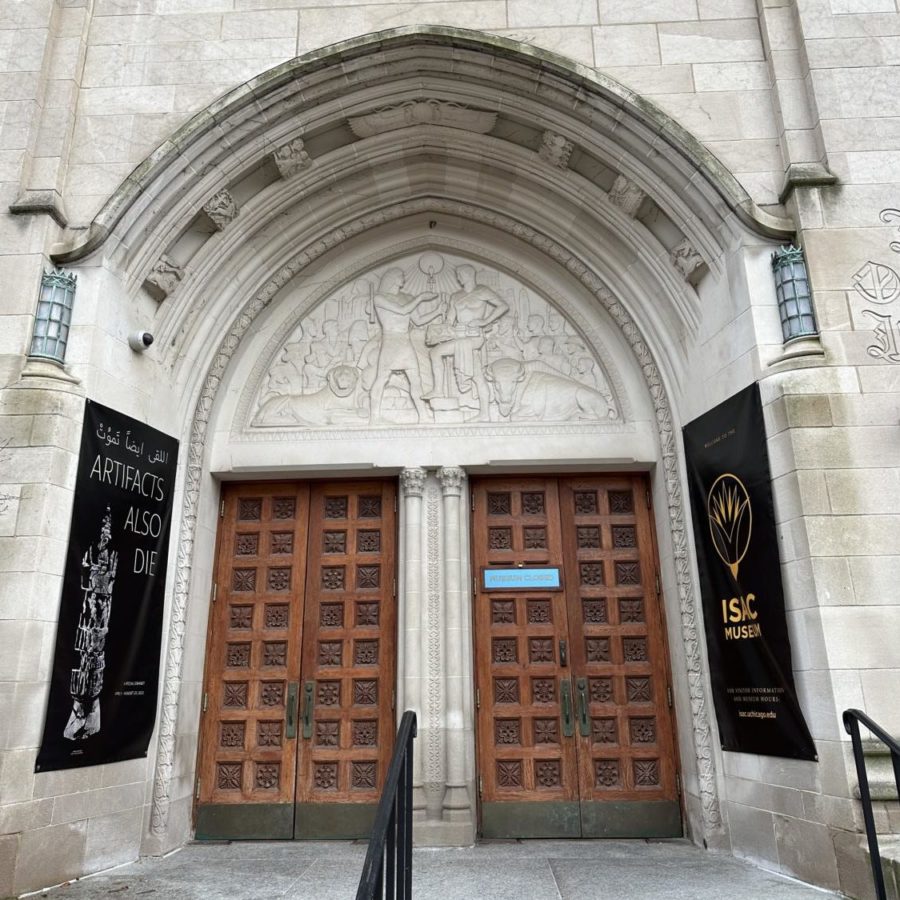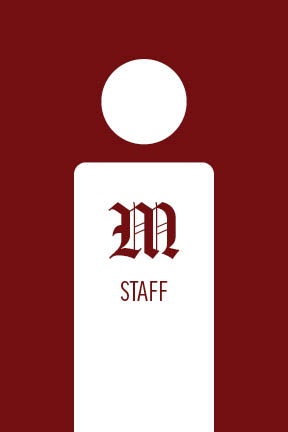On Thursday, the student group Stop Funding Climate Change (SFCC) released a report designed to support SFCC’s call for the administration to shift its investment strategies away from fossil fuels. After 70 percent of students supported last spring’s referendum in favor of that goal, President Robert Zimmer asked for more concrete evidence before the administration considered changing its investment patterns. Now that evidence has been brought to light, what happens next, and will the student body hear about it? There have been many calls for heightened transparency in administrative decisions about student life, but given the administration’s recent track record, it is necessary to clarify what true transparency is. While implementation varies with each issue, transparency ultimately comes down to the administration making a broad effort to solicit input prior to a decision, and explaining after the decision how that input contributed and whether it was followed or not.
The administration’s current demonstrated mode of transparency involves soliciting input from a limited number of students in the midst of decision-making, but this method does not reach an audience broad enough early enough in the process. When the administration wanted to convert part of the Hallowed Grounds café into RSO advising space, it convened a student committee over the summer to discuss how the changes would look only after it had already decided to move forward with construction. Had they solicited input from the wider student body—even if just through a survey, e-mail, or really any means—prior to that committee, they would have been at least partially aware of the opposition that eventually led to a petition signed by over 1,000 students. Student input could have come at a more productive point in the process, allowing administrators to look for alternatives earlier without wasted effort.
While we have already commented on the Hallowed Grounds changes, unsatisfactory transparency has persisted, as was the case in the Summer Links revamp. According to a Summer Links alum program coordinators had little opportunity to participate in the process that led to the changes, and involved students had little idea of the Review Committee’s plans until after decisions were made. Administrators also offered to meet with individual students who were upset by the changes, but only after they had been made, rather than when students could have given constructive criticism. In both of these cases administrators could have consulted more students earlier in the process of decision making that had a clear effect on student programs.
It is understandable that not all student reactions can be predicted and not all decisions in progress can be disclosed. The second part of transparency, then, comes after decisions have been made. Administrators must explain their actions specifically in light of voiced student concerns. When Assistant Vice President for Student Life Elly Daugherty (A.B. ’97) attempted to clarify the decisions surrounding Summer Links in a letter to the editor, she missed the mark. Transparency does not mean a generalized explanation of why change is good, but, for instance, a letter that explains the thought process of the Summer Links Review Committee and why it included the members it did or did not. The letter—or any other method of broad communication—also could have been a perfect opportunity to address specific concerns about why the program moved in the direction it did. Students may not have agreed with that reasoning, but the debate could have shifted from a focus on administrative opacity to the more meaningful topic of the compatibility of social justice and for-profit initiatives.
Transparency—an honest effort to seek out opposing perspectives and explain the rationale when those perspectives are not directly represented in the final outcome—contributes to a better campus atmosphere for everyone. Students feel empowered, rather than feeling like pawns of the institution and in turn, administrators do not need to feel antagonized by students. While students and administrators will inevitably disagree, such an atmosphere is truly conducive to significant progress.
The Editorial Board consists of the Editors-in-Chief and the Viewpoints Editors.










